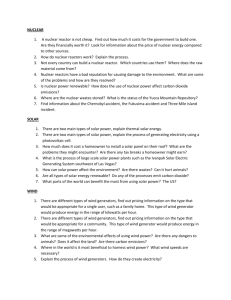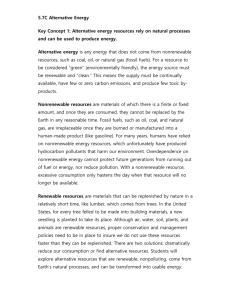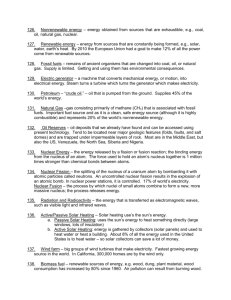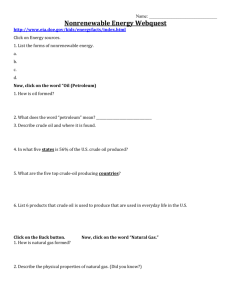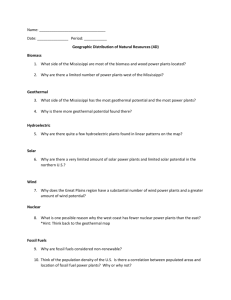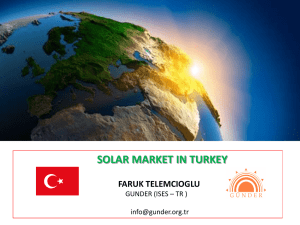Table 1 and 2 explanation
advertisement
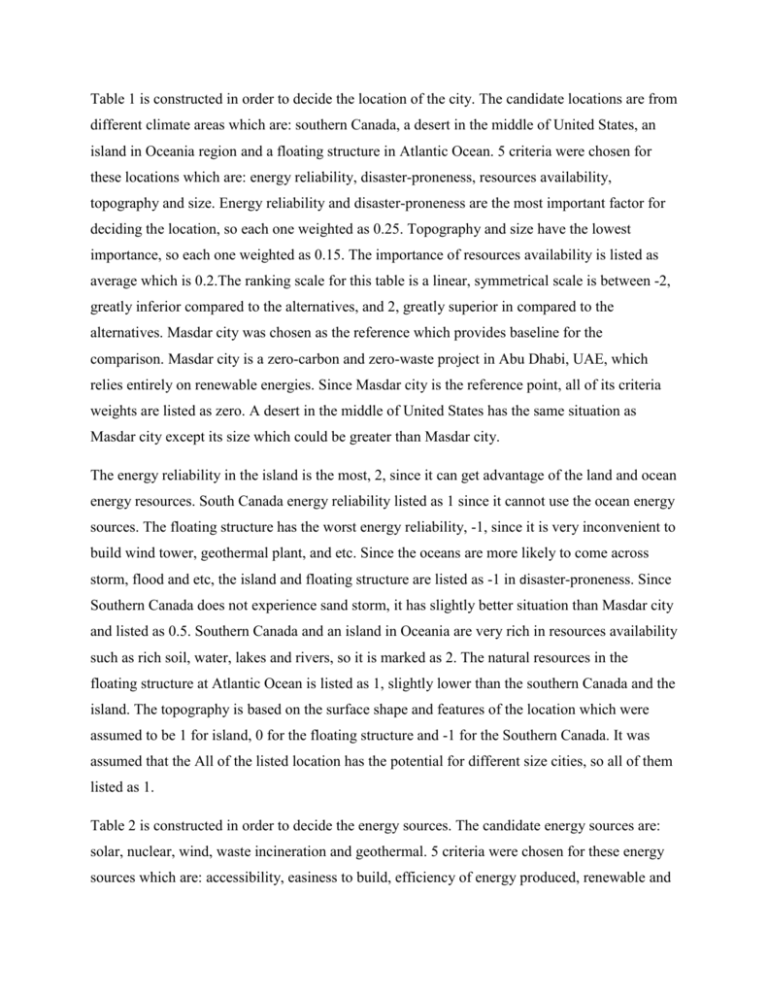
Table 1 is constructed in order to decide the location of the city. The candidate locations are from different climate areas which are: southern Canada, a desert in the middle of United States, an island in Oceania region and a floating structure in Atlantic Ocean. 5 criteria were chosen for these locations which are: energy reliability, disaster-proneness, resources availability, topography and size. Energy reliability and disaster-proneness are the most important factor for deciding the location, so each one weighted as 0.25. Topography and size have the lowest importance, so each one weighted as 0.15. The importance of resources availability is listed as average which is 0.2.The ranking scale for this table is a linear, symmetrical scale is between -2, greatly inferior compared to the alternatives, and 2, greatly superior in compared to the alternatives. Masdar city was chosen as the reference which provides baseline for the comparison. Masdar city is a zero-carbon and zero-waste project in Abu Dhabi, UAE, which relies entirely on renewable energies. Since Masdar city is the reference point, all of its criteria weights are listed as zero. A desert in the middle of United States has the same situation as Masdar city except its size which could be greater than Masdar city. The energy reliability in the island is the most, 2, since it can get advantage of the land and ocean energy resources. South Canada energy reliability listed as 1 since it cannot use the ocean energy sources. The floating structure has the worst energy reliability, -1, since it is very inconvenient to build wind tower, geothermal plant, and etc. Since the oceans are more likely to come across storm, flood and etc, the island and floating structure are listed as -1 in disaster-proneness. Since Southern Canada does not experience sand storm, it has slightly better situation than Masdar city and listed as 0.5. Southern Canada and an island in Oceania are very rich in resources availability such as rich soil, water, lakes and rivers, so it is marked as 2. The natural resources in the floating structure at Atlantic Ocean is listed as 1, slightly lower than the southern Canada and the island. The topography is based on the surface shape and features of the location which were assumed to be 1 for island, 0 for the floating structure and -1 for the Southern Canada. It was assumed that the All of the listed location has the potential for different size cities, so all of them listed as 1. Table 2 is constructed in order to decide the energy sources. The candidate energy sources are: solar, nuclear, wind, waste incineration and geothermal. 5 criteria were chosen for these energy sources which are: accessibility, easiness to build, efficiency of energy produced, renewable and damage to the environment. Accessibility is the most important factor for deciding the energy sources, so it was weighted as 0.30. The renewable and efficiency of energy produced are listed as second and third importance by 0.25 and 0.20 respectively. Damage to the environment and easiness to build are the least important factors which are listed as 0.15 and 0.10 respectively. The ranking scale for this table exactly similar to table 1 and scaled from -2, greatly inferior compared to the alternatives, to 2, greatly superior in compared to the alternatives. Hydro was chosen as the reference which provides baseline for comparison. Since hydro is the reference point, all of its criteria weights are listed as zero. The accessibility of the solar and geothermal is the most, 1.5, since they easily can find in any location. Nuclear is listed as the least accessible,-1, and waste incineration is listed as average, 0. Wind accessibility is average, 0, since in some areas the wind speed is not enough to generate electricity. Waste incineration is not as easy as solar power and not as difficult as nuclear plant, so it was listed as average, 0. Solar and wind farms are the easiest energy sources to build, 1 and 0.5 respectively. Nuclear and geothermal have high efficiency of energy produced, but they are expensive and difficult to build. They both are listed as -1 because for easiness to build, since they are very complicated plants and require many investigations prior to the construction initiation. As already explained efficiency of energy produced of nuclear and geothermal is high and listed as 2 and 1 respectively. Solar and waste incinerations have the lowest efficiency by listing as -1 and wind efficiency is average, 0. Nuclear is the only source which is listed to be less renewable than hydro, -1. Solar, wind and geothermal are the best renewable sources which are listed as 2. Waste incineration is a good renewable energy, but it also required some fossil fuel to produce energy from the waste, so it is listed slightly lower than other renewable energies, 1. Wind and geothermal energies does not impact the environment, so they are listed as 1 in the table. Solar energy is placed after wind and geothermal as the most environmental friendly source, 0.5. Nuclear and waste management obviously have some waste which harms the environment, so they are listed as -1 in the table.


